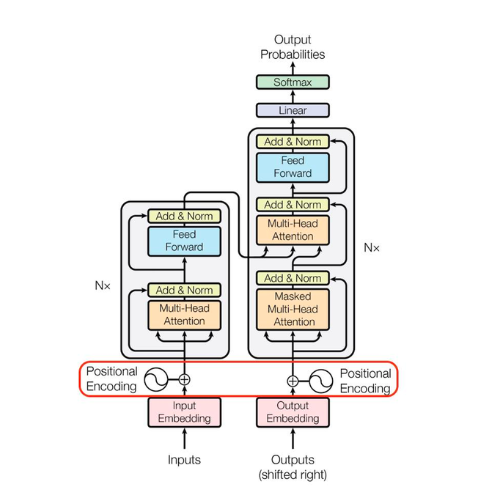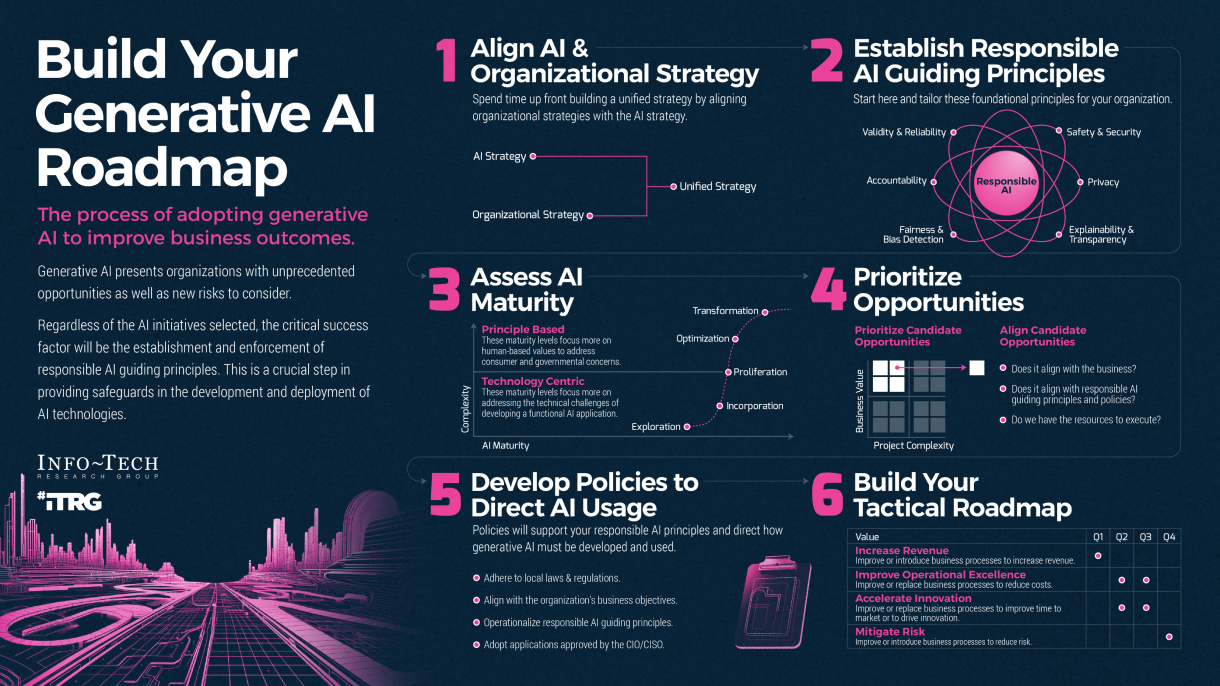Build your Generative AI roadmap 🏄🏻♂️
Generative AI provides new and disruptive opportunities to increase revenue, reduce costs, improve productivity and better manage risk. Learn how to build your roadmap to explore this new feild


Find more articles like this
Machine LearningDeep LearningNLPNeural NetworksComputer VisionLLMPALM2Neural NetworksTransformerAutoencodersData ScienceAlgorithm
Top Highlights Today!
Breaking Barriers: Democratizing Access to Vector Databases
Large language models (LLMs) and AI-related technologies are on everyone’s lips. Vector databases, the critical infrastructure for LLMs and AI applications, have gained widespread attention from a broader user base, expanding from algorithm engineers to include application and backend developers.
Road map to generative ai
So what's the Roadmap to building Generative AI at scale ?
Generative AI is a rapidly growing field with the potential to revolutionize many industries. However, before organizations can adopt generative AI, they need to develop a roadmap that outlines the steps involved.
The following is a six-step roadmap to generative AI:
- Align AI and organizational strategy. Generative AI should be aligned with the organization's overall strategy. This means understanding the organization's goals and objectives, and how generative AI can help achieve them.
- Establish responsible AI guiding principles. Generative AI can have a significant impact on people's lives, so it is important to establish responsible AI guiding principles. These principles should address issues such as fairness, privacy, and safety.
- Assess AI maturity. Before embarking on a generative AI project, it is important to assess the organization's AI maturity. This will help to identify the resources and capabilities that are needed to successfully implement generative AI.
- Prioritize opportunities. Not all generative AI projects are created equal. It is important to prioritize the opportunities that are most likely to have a positive impact on the organization.
- Develop policies to direct AI usage. Once the opportunities have been prioritized, it is important to develop policies to direct AI usage. These policies should be aligned with the organization's responsible AI guiding principles.
- Build your tactical roadmap. The final step is to build a tactical roadmap that outlines the specific steps involved in implementing generative AI. This roadmap should be specific, measurable, achievable, relevant, and time-bound.

By following this roadmap, organizations can successfully adopt generative AI and reap the benefits of this powerful technology.
Here are some additional tips for developing a successful generative AI roadmap:
- Get buy-in from stakeholders. Generative AI is a complex technology, so it is important to get buy-in from all stakeholders. This includes senior management, IT leaders, and business users.
- Start small. Don't try to do too much too soon. Start with a small pilot project to test the waters and learn from your mistakes.
- Be patient. Generative AI is still a new technology, so it takes time to develop and deploy successful applications.
- Be open to feedback. As you develop your generative AI roadmap, be open to feedback from stakeholders. This will help you to ensure that your roadmap is aligned with the organization's needs.
